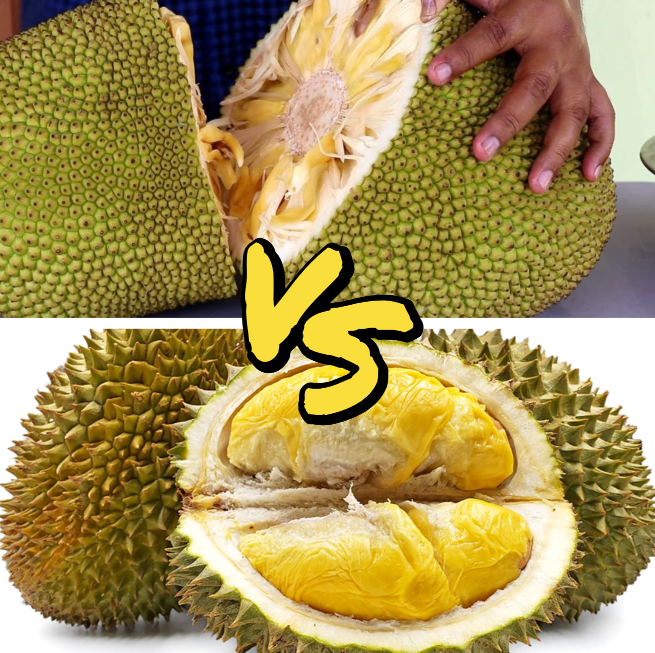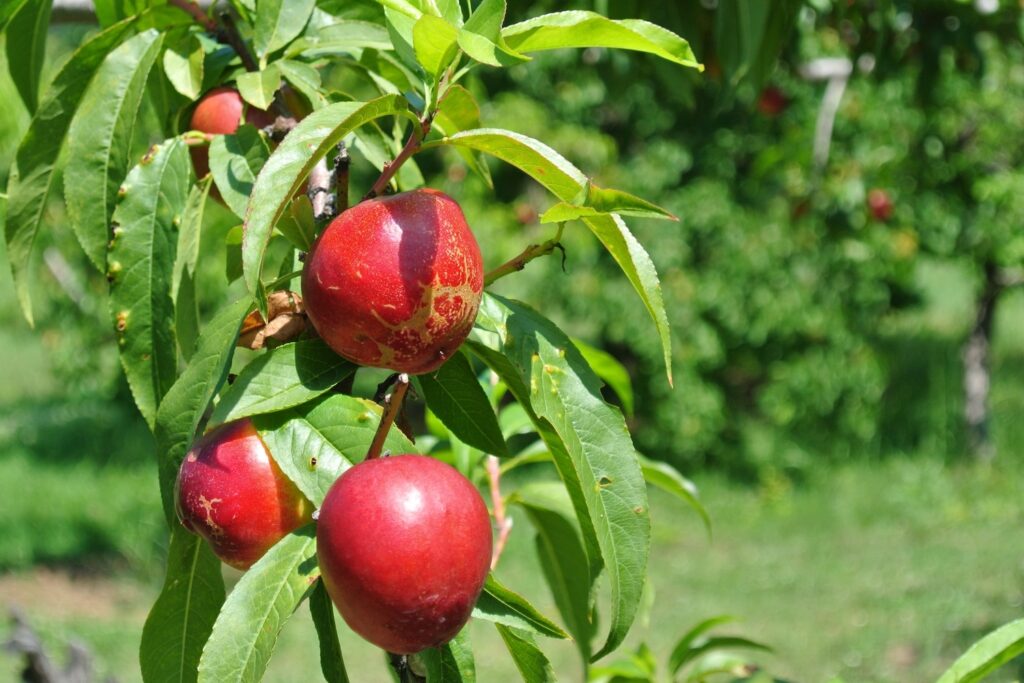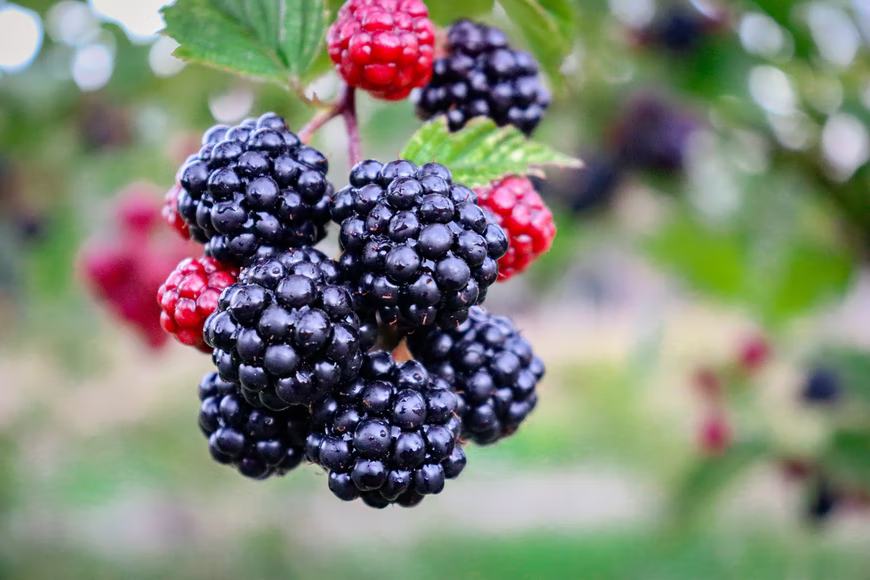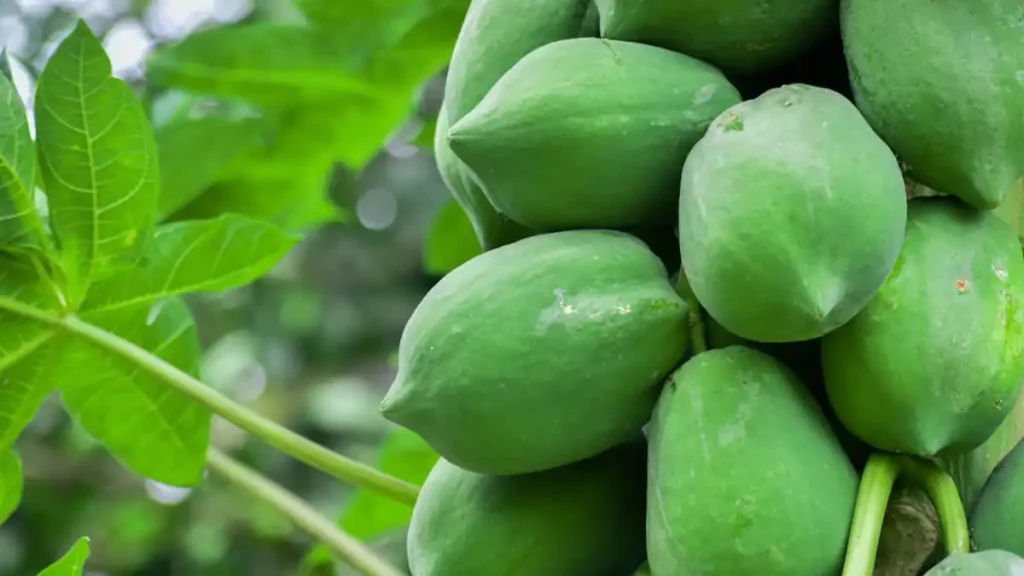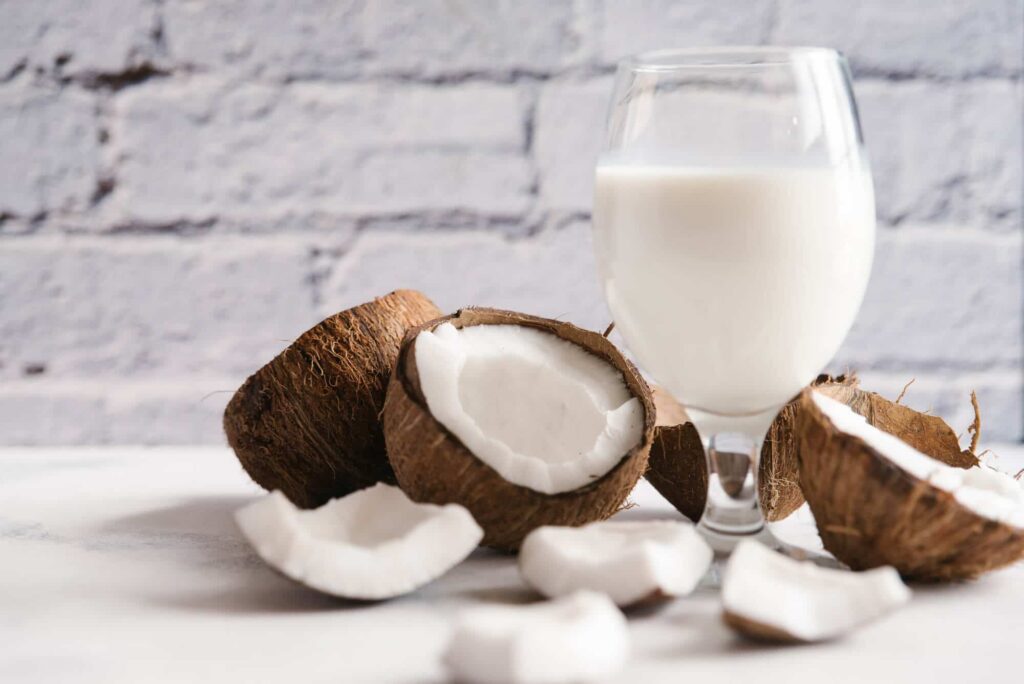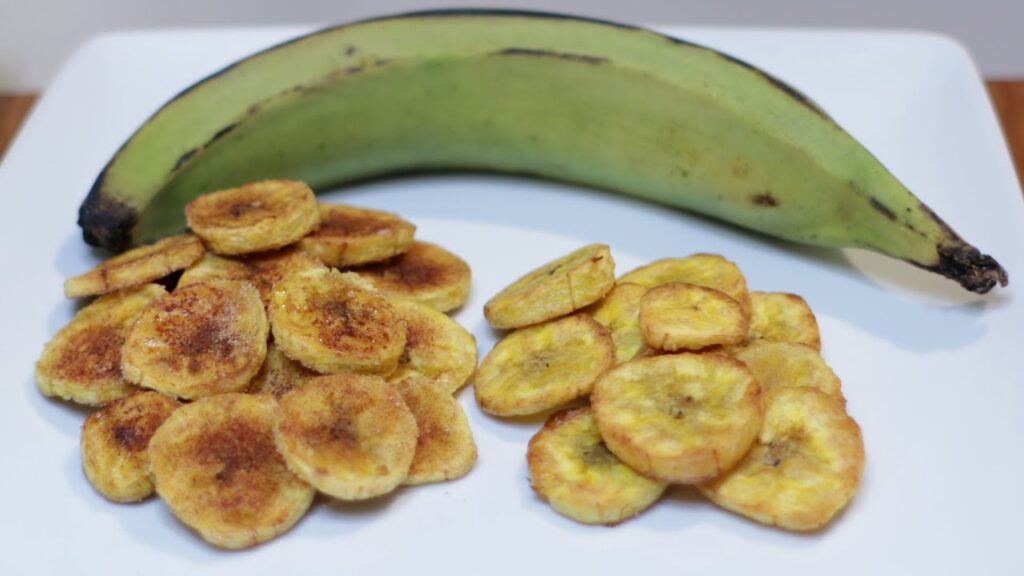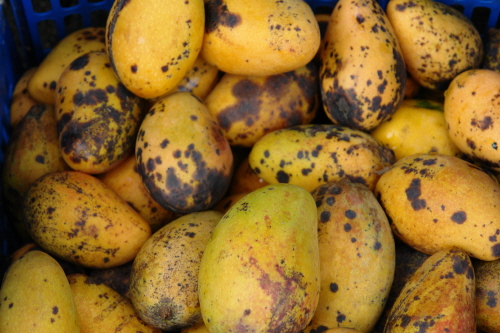Have you ever heard of the riberry, also called Syzygium luehmannii? This superfood from Australia is getting popular all around the world. Let’s dive into the details of this tasty and mysterious fruit!
This article will cover the many good things about Riberry for your health and how you can add it to what you eat every day. We’ll look at what nutrients it has and the special taste it offers, so don’t miss learning about this wonderful fruit.
Table of Contents
What Is a Riberry?
The riberry, also known as the small leaved lilly pilly, cherry satinash, cherry alder, or clove lilli pilli, is a type of small tree or bush from Australia. It’s part of the Myrtaceae family and is loved for its bright, glossy leaves and pretty, red or pink berries.
This plant has a straight main stem that can be as wide as 90 cm. The top of the tree is full of small leaves. Its bark comes in colors like red-brown, light grey, or pinkish-grey and feels soft and scaly.
The leaves are really interesting. They are shiny and smooth and look like a spear tip. They are bright green when they’re grown up but start out pink or red. The part that attaches the leaves to the tree is quite short, about 2 to 3 mm. The leaves are simple, have smooth edges, and are shaped like a lance or egg. They grow to be 4 to 5 cm long. Their pointed tips make them easy to spot.
In Australia, you can find the unique pear-shaped red berry of the riberry tree from December to February. The berries are about 13 mm long and hide a single seed that’s about 4 mm wide. Birds like the Australasian figbird, emus, and the flying fox love to eat these fruits.
Growing riberries from seeds can be hit or miss, and it takes about 25 days for a seed to grow. But, if you use cuttings from the plant, they grow roots well, which helps a lot. The riberry is an important plant for wildlife in Australia, providing them with lots of food.
The flowering starts around November or December at the ends of little branches. These flowers are bunched up, shorter than the leaves, and can be white or cream. They usually come in groups of four or five and each one is about 1.5 mm long. The plant with its bright berries and pretty flowers is truly a sight to see.
The Distinct Taste of Riberry
The riberry has a special taste that’s a little spicy, like cloves, and has hints of nutmeg and allspice. Some folks think it tastes like a mix of black pepper, cinnamon, and cloves. It’s both sweet and sour, which makes it good for making jams, jellies, and sauces. When the berries are fully ripe, their taste is even stronger. Riberry leaves are also tasty. They can be used like bay leaves in recipes to give food a touch of clove flavor.
Why Riberries Are Good for You
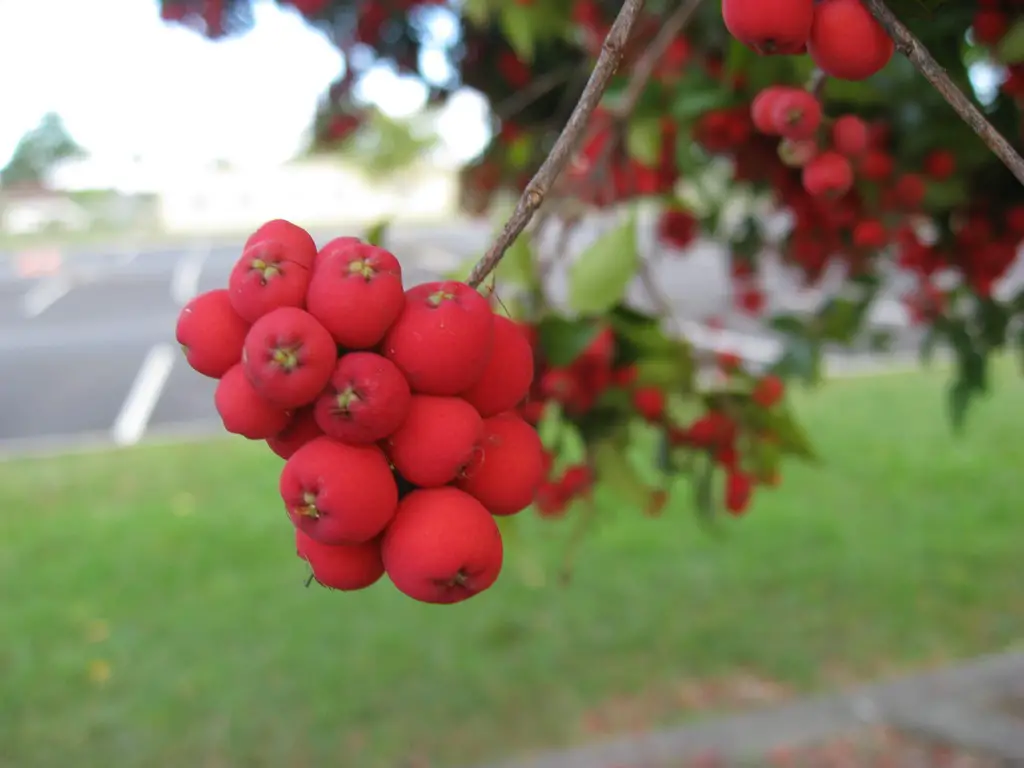
Riberries are full of things that are good for your health. Here’s what having riberries can do for you:
- Packed with Vitamin C: Riberries have a lot of Vitamin C, which is great for keeping your skin healthy, fighting germs, and making your immune system stronger.
- Loaded with Antioxidants: The antioxidants in riberries help protect your cells from damage by free radicals, which can lower your risk of getting sick with long-term diseases.
- Low in Calories: Riberries don’t have many calories or a lot of sugar, which makes them a smart choice if you’re trying to stay at a good weight or if you’re trying to drop a few pounds while still getting important nutrients.
- Fights Inflammation: Compounds in riberries can help reduce inflammation, which means less pain, redness, and swelling, and that can help you feel better overall.
- May Improve Blood Sugar: There are elements in the riberry that could help control how much sugar is in your blood, which is great news for people with diabetes or problems related to high blood sugar.
- Nibble on Fresh Riberries: Enjoy the sweet and sour taste of fresh riberries on their own or as a crunchy addition to your breakfast cereal.
- Create Jams and Jellies: Cook riberries into jams or jellies for a sweet spread on toast, pancakes, or waffles.
- Boost Smoothies: Drop some fresh or frozen riberries into your smoothies for extra flavor and a nutritional lift!
- Sauce It Up: Riberry sauce can be a tasty twist for meat, chicken, and fish dishes.
- Bake Them: Adding riberries to your baking can give desserts like cakes, pies, and muffins a boost of flavor and health benefits.
- Dry Them Out: You can dry riberries to use later as a seasoning that’s similar to allspice for adding depth to soups, stews, and marinades.
- Cook with the Leaves: Try using dried riberry leaves as a substitute for bay leaves to add a special clove-like taste to your savory dishes.
In short, this little fruit has a lot of health benefits, especially if you eat them regularly as part of a balanced diet.
Ways to Enjoy Riberry in Your Meals
Adding Riberry to what you eat can be tasty and healthy. Here are seven great ideas for how you can eat more riberries:
Getting fresh riberries might be a bit tough since they’re from Australia and aren’t as common elsewhere, but if you can find them, they’re a delightful addition to your food.
Frequent Questions About Riberry
What are the benefits of Riberry?
These small fruits are also excellent for anyone wanting to watch their weight because they have very few calories and not much site. Besides being healthy, riberries add a special and different taste to your meals, making them more exciting.
